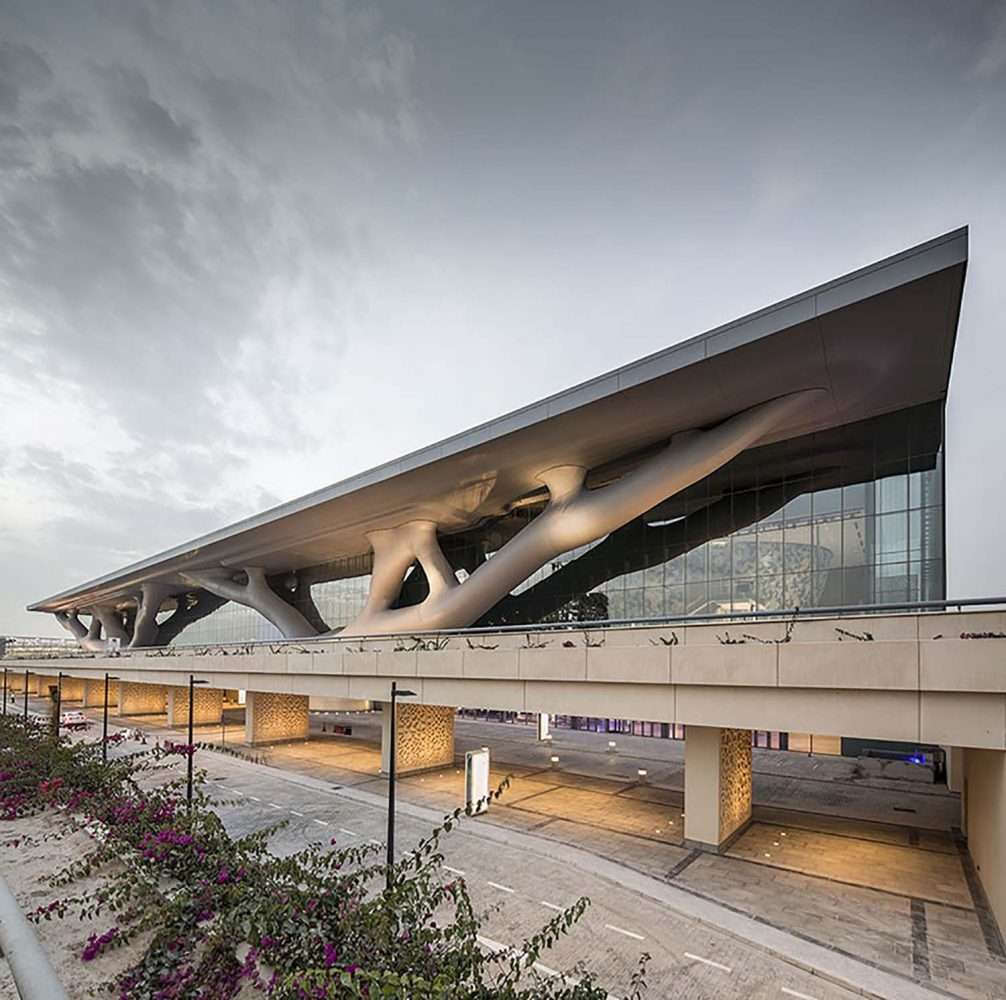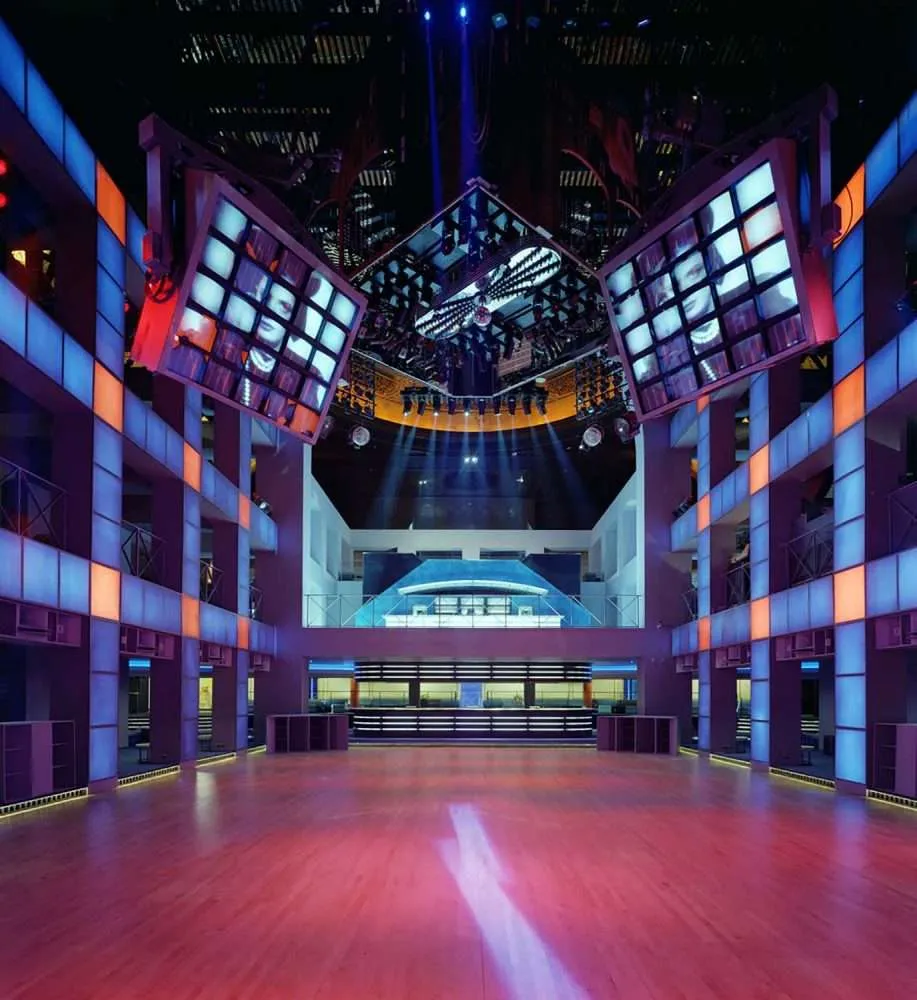Japanese architect who abandoned the international style
Arata Isozaki was 14 years old when the cities of Hiroshima and Nagasaki were destroyed by nuclear bombs. This shocking event formed a generation of architects who had to take part in the post-war reconstruction of the entire country. During these years, Isozaki worked in the studio of his teacher Kenzo Tange developing projects that imbibed the ideas of the modern movement developed at CIAM. The island was westernized by forced marches.


However, the Japanese architect seemed to realize this There were problems that could not be solved from contemporary times, and that there were concepts that needed thought that the tradition had practiced for centuries.. In the 1970s, he became independent of his mentor to address these issues from his own point of view. He did it from a theoretical point of view “with superstructures of The city is in the air So close to the metabolic theories – and to a highly selective synthetic and spatial language that destroyed the classical canons, including those of the modern movement.

Postmodernism and the Destruction of Style
Isozaki’s career was broad and varied. He moved from brutalism to projects in which classic forms of “cubes and columns” were mixed with spheres and facades of rational design.. In Tsukuba Civic Center (1983), Arata traced the oval and collapse of the pavement of Michelangelo’s Piazza del Campidoglio, but placed it outside any axis of symmetry and invaded it slightly with bleachers and waterfalls. The building covers the square on only two sides, as if it were unfinished. The result was alarmingly groundbreaking, The juxtaposition of elements subverts the unique form, yet manages to place it back at the center of the discourse.


His work debut in the United States was a nightclub rehabilitation Palladian (1985). A commissioned project by the owners of the legendary Studio 54 who sought to use the interior design of a famous New York theater and concert hall in a new modern setting.

For the occasion, the Japanese architect created a three-dimensional grid that reorganized the space of the stage box. The structure introduced new levels of space filling while respecting the original interiors. Frescoes in front of neon lights, plaster in front of Basquiat or Francesco Clemente murals.
Postmodern legacy
Postmodernism – like any pioneering discourse – ended quickly. Over time we could see how minimalist Isozaki’s architectural language was and from his studio projects that there was still some innovation in this sense – the Qatar National Convention Center or the Allianz Tower in Milan but the look was much nicer.


Japanese architect The discourse did not need to be maintained in such a pure mannerHe knew how to let go of an overpowering synthetic form after the reflection had been assimilated “as he did with the modern movement”. Destroy everything, again, to continue building.
He was a 2019 Prizker Prize-winning Japanese architect who died on December 28, 2022. He is known for being a proponent of postmodernism.
It is an architectural movement that arises in response to the international style of the modern movement and recovers classical and traditional forms and combines them in an eclectic and pioneering manner.


:quality(85)/cloudfront-us-east-1.images.arcpublishing.com/infobae/OIK4XEJI4JE2HGL4HCMMIZWHGI.jpg)





More Stories
Veronica Toussaint: These are the celebrities who attended the funeral to say goodbye
David Duchovny has matured: the hero of Meg Ryan’s new comedy, a musician and novelist with a daughter who is also an actress (and a girlfriend 33 years his junior).
Naomi Campbell wears leather, ‘I’m looking for Jack’ or worse? Designed by Sarah Jessica Parker